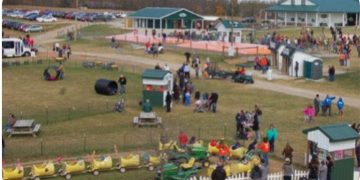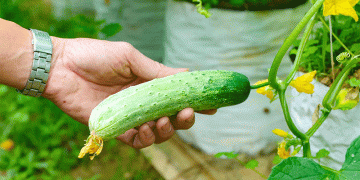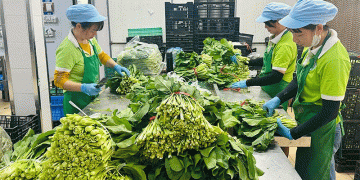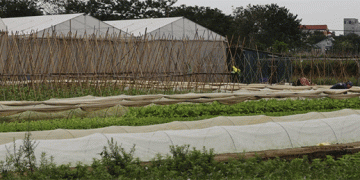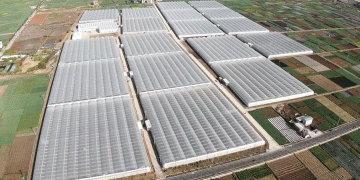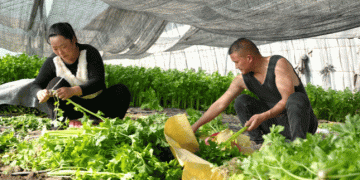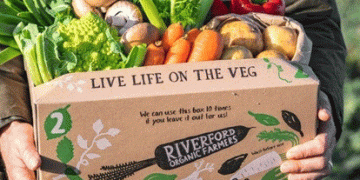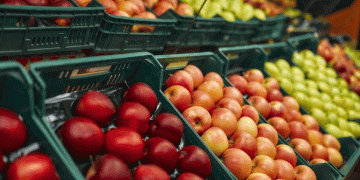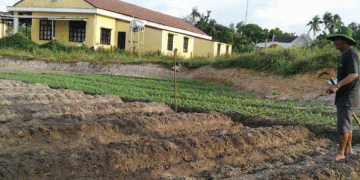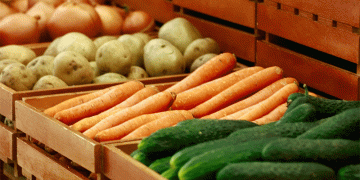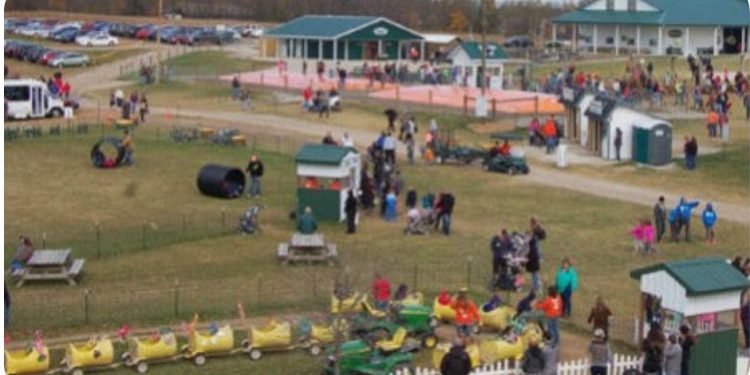For 20 years, the Leeds Farm in Delaware County (Ohio) has opened its gates to thousands of visitors on autumn weekends for hayrides, zip lines, pig races, and other activities including a petting zoo with goats and a mother-daughter pair of donkeys.
“We kind of naturally evolved into agritourism,” said Rob Leeds, who is also the local agriculture and natural resources educator for Ohio State University Extension. “As development started happening and things changed around us, we adapted.”
If nothing else, new Ohio legislation gives Leeds peace of mind, he said.
On May 17, Gov. John Kasich signed Senate Bill 75, which defines agritourism, offers protections for agritourism operators, and addresses issues including civil liability risks, property taxation and local zoning authority.
The law takes effect Aug. 16, well in time for agritourism activities popular in Ohio in autumn, said Peggy Kirk Hall, assistant professor of agricultural and resource law for the College of Food, Agricultural, and Environmental Sciences at The Ohio State University and agricultural law field specialist for OSU Extension. OSU Extension is the outreach arm of the college.
“I think the first thing people need to understand is that to be covered by the law, you have to meet the definition of a ‘farm,’” Hall said. “You have to have at least 10 acres devoted to agricultural production or gross an average income of at least $2,500 from such production. You already have to have that production taking place. If so, then an agritourism activity that is agriculturally related, whether educational, historical, cultural, recreational or for entertainment, is covered by the new law.”
The law protects operators from liability for injuries related to risks inherent in agritourism activities.
“‘Inherent’ risks are those things that a reasonable person would know they would be at risk from by doing that activity,” Hall said. “Being around a horse carries some inherent risks due to the size and unpredictability of the animal. But if an operator doesn’t correctly harness the horse and a problem arises, that would be considered negligence, which isn’t protected by this legislation.”
Activities involving animals always carry some risk, Leeds said.
“Ninety to 95 percent of our goats are good-natured, but if someone’s coat or jacket gets too close, they could easily start nibbling on it. They’re not trying to be mean. They’re just goats.”
Leeds said rough terrain can be an issue for farm visitors.
“Not everything is blacktop on a farm,” he said. “At our operation, you park in a hayfield. It’s part of the experience. For the most part, it’s fine, but you have to realize that it is still a farm field. So, these protections offer us some peace of mind.”
Under the new law, operators must post warning signs near each entrance or at each activity notifying visitors that the operator is not liable for any injuries related to those inherent risks.
“The language of the warning sign is precise, and the law states the letters must be in black, at least 1 inch in height and must be clearly visible at the entrance or at the site of the activity,” Hall said. “I recommend that operators err on the side of posting too many signs rather than not enough. You’re putting people on notice that they need to understand that there are some inherent risks of being there.”
Local zoning officials need to understand the new law also, because it limits how zoning can affect agritourism activities, she said. County and township zoning won’t be able to prohibit agritourism but can make some requirements to address property access, parking and building setbacks in certain situations.
“This is where we may see some differences of opinion about whether the operation is truly ‘agritourism’ according to the law,” she said. “I’ve already heard from local governments trying to figure out who this affects.”
The law also clarifies that land where agritourism activities take place should be taxed under Ohio’s Current Agricultural Use Valuation program rather than at higher property tax rates.
“That’s never been a big deal for us — our auditor in Delaware County works very closely with the ag community — but I’ve heard it’s been an issue for some operators in other counties,” Leeds said. “It’s always good to be clear.”
Hall provides an overview of the legislation with additional details in a post on OSU Extension’s Ag Law Blog, aglaw.osu.edu/blog.
Leeds said the law will be helpful to operations like his, which he runs with his wife, Christy Leeds.
“But no matter what legislation we pass, it always comes back to relationships,” Leeds said. “As agritourism operators, we need to develop relationships with neighbors, township trustees and elected officials. I really enjoy working with our local fire officials and sheriff, talking about issues they may see with our operation and what we may need to do to be safe. Those relationships are invaluable no matter what.”
— Martha Filipic, The Ohio State University
Source: The Ohio State University College of Food, Agricultural, and Environmental Sciences
